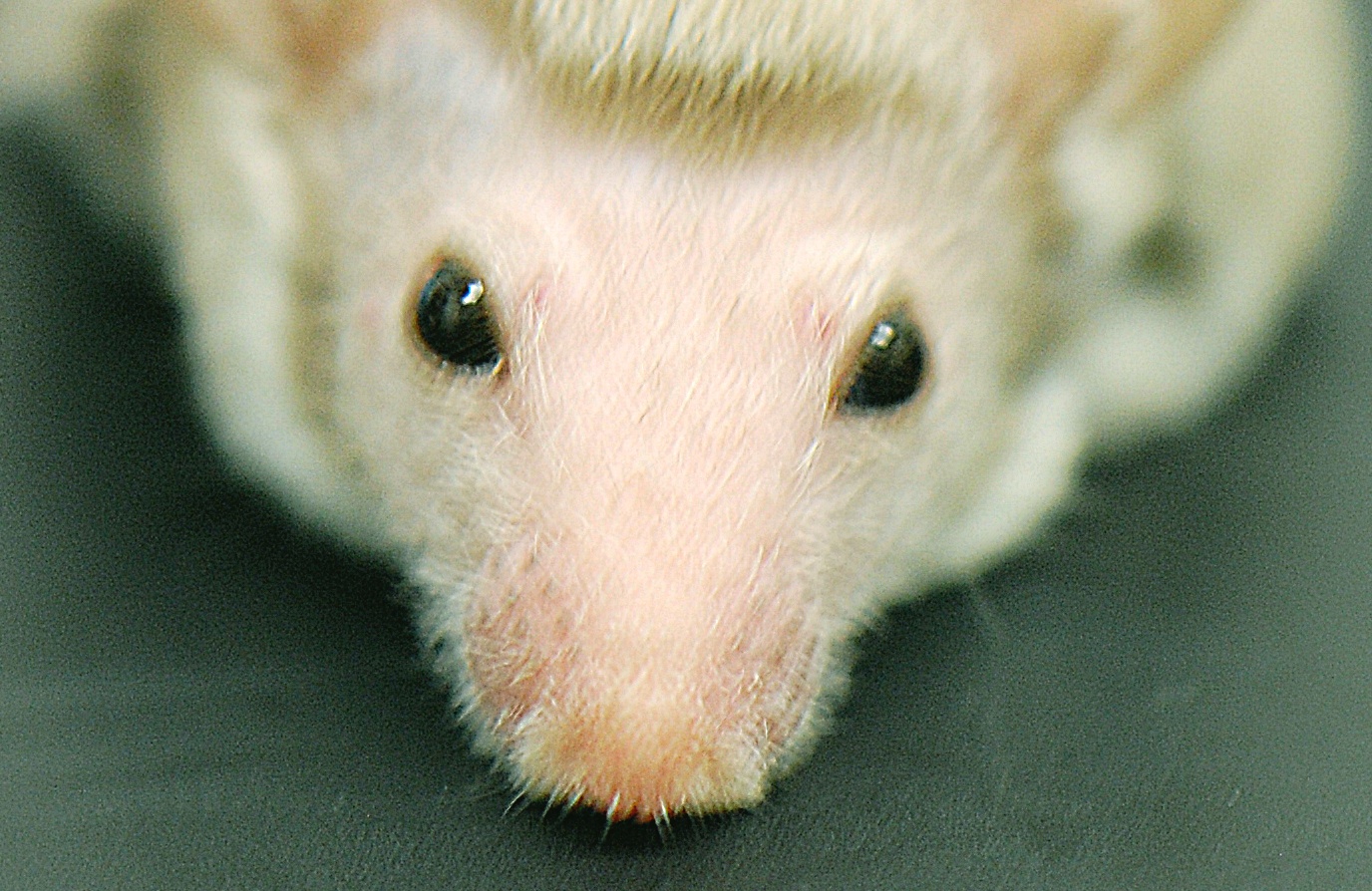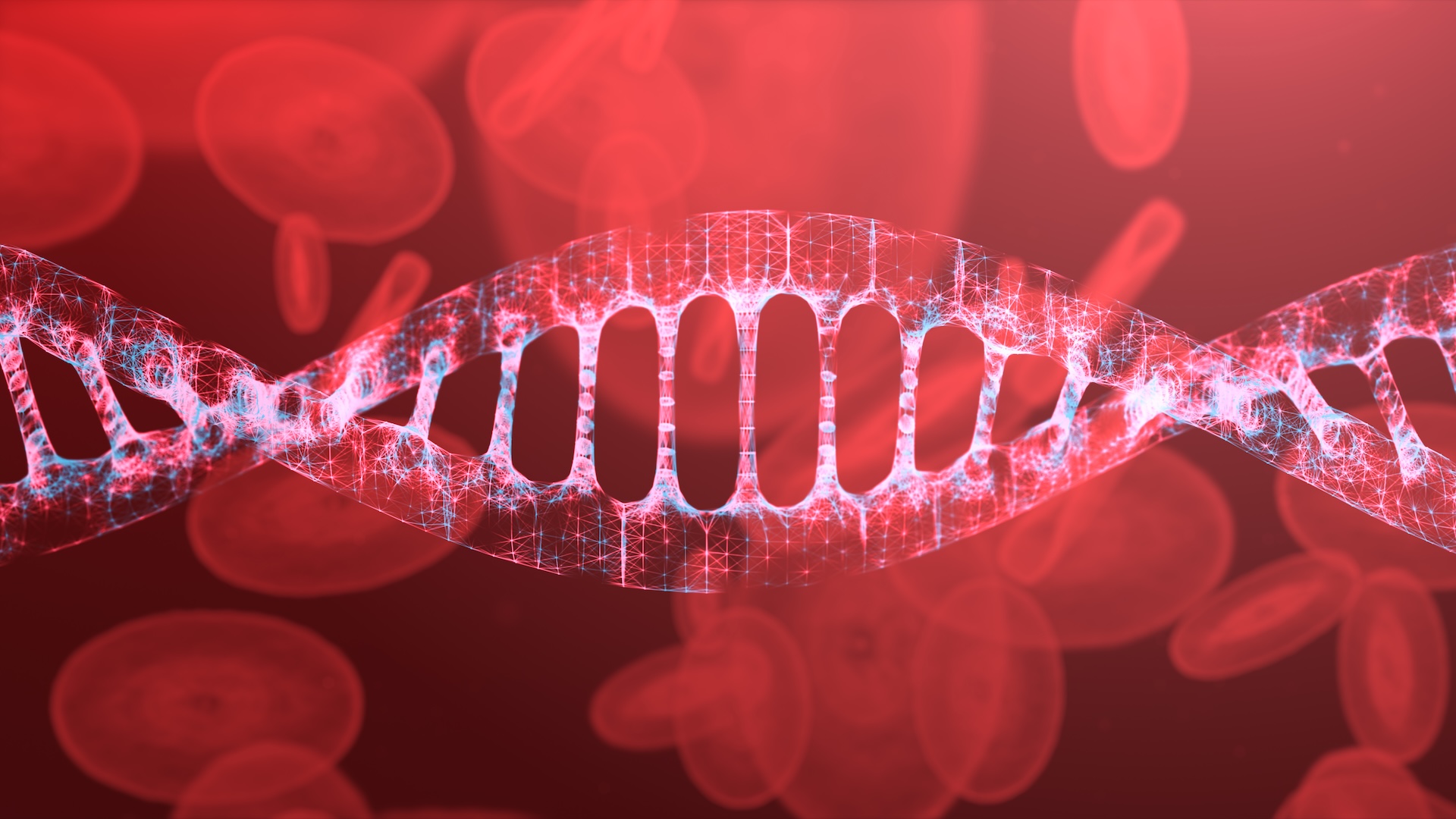Mice with Mohawks Yield Clues to Autism

It's not every day you see a mouse with a mohawk. But that's what researchers saw while studying mice that had a genetic mutation linked to autism.
The mohawks that the mice were sporting actually resulted from their "over-grooming" behavior, repeatedly licking each other's hair in the same direction.
The behavior resembles the repetitive motions displayed by some people with autism, and the researchers say their experiments reveal a link between the genetic causes of autism and their effects on the brain, suggesting potential avenues for treating the disorder.
"Our study tells us that to design better tools for treating a disease like autism, you have to get to the underlying genetic roots of its dysfunctional behaviors, whether it is over-grooming in mice or repetitive motor behaviors in humans," study researcher Gordon Fishell, a neuroscientist at NYU Langone Medical Center, said in a statement.
Autism is a spectrum of developmental disorders that involve social impairments and communication deficits. People with autism may also engage in repetitive behaviors, such as rocking or hand flapping. [Beyond Vaccines: 5 Things That Might Really Cause Autism]
In the study, detailed today (May 25) in the journal Nature, the researchers bred mice that lacked a gene for a protein called Cntnap4, which is found in brain cells called interneurons.
Having low levels of this protein leads to the abnormal release of two brain-signaling molecules, known as dopamine and GABA. Dopamine is involved in sensations of pleasure; GABA (which stands for gamma-aminobutyric acid) dampens neural activity and regulates muscle tone.
Get the world’s most fascinating discoveries delivered straight to your inbox.
Mice that lacked the gene for this critical brain protein were found to obsessively groom their fellow animals' fur into mohawk-like styles, suggesting a link between genetics, brain function and autistic behaviors.
"There have been many candidate genes implicated in contributing to autism, but animal and human studies to identify their action have so far not led to any therapies," Fishell said in the statement. "Our research suggests that reversing the disease's effects in signaling pathways like GABA and dopamine are potential treatment options," he said.
Follow Tanya Lewis on Twitter and Google+. Follow us @livescience, Facebook & Google+. Original article on Live Science.

